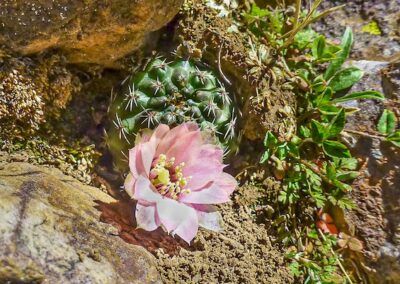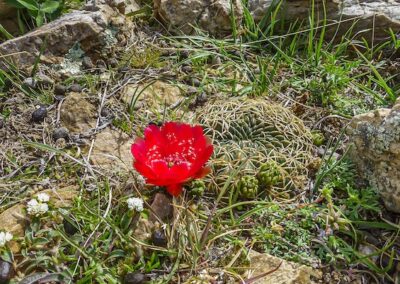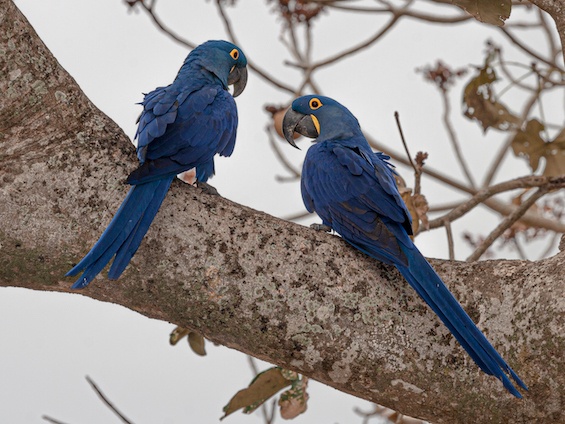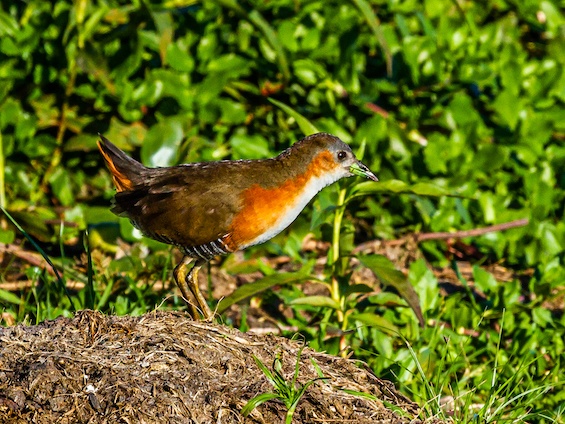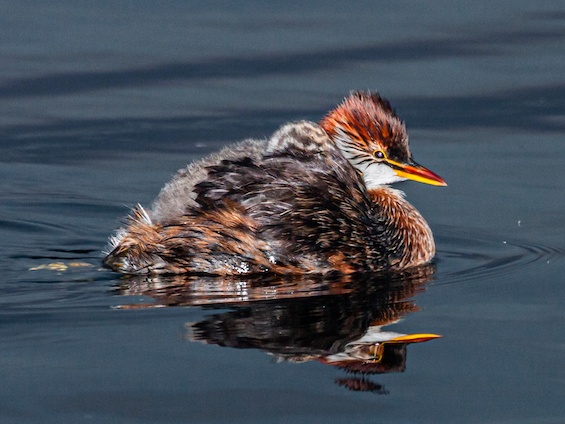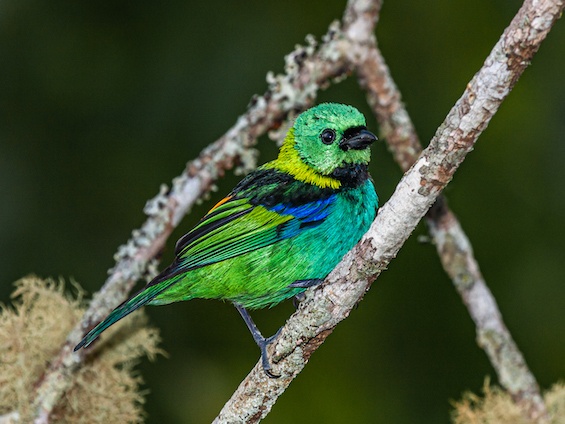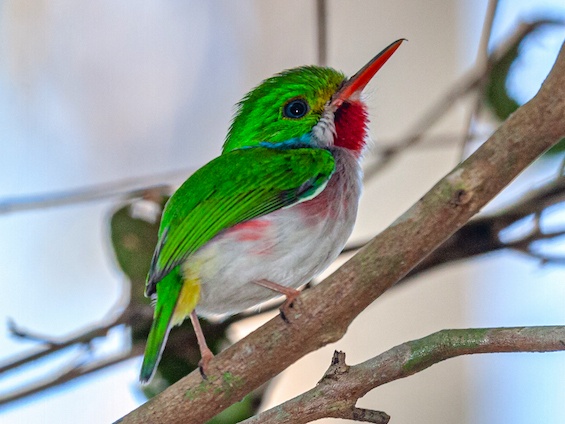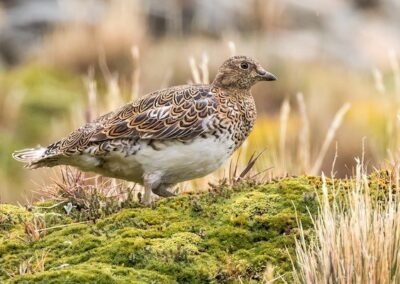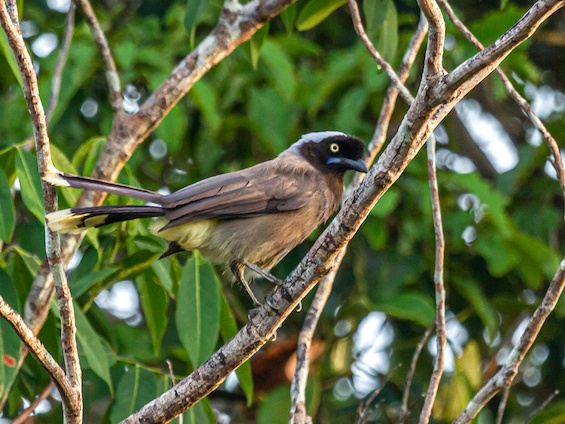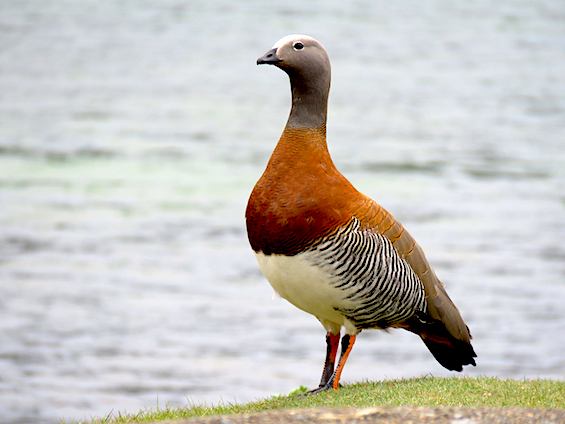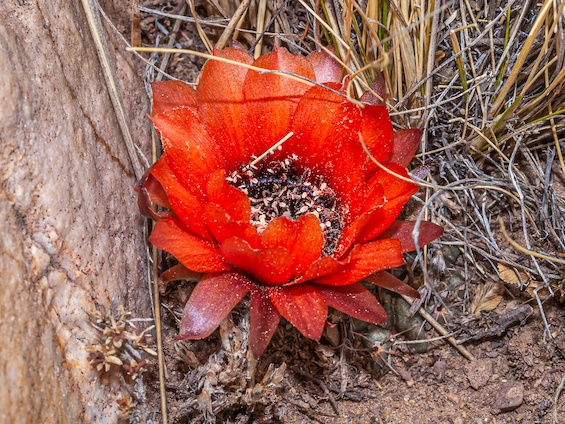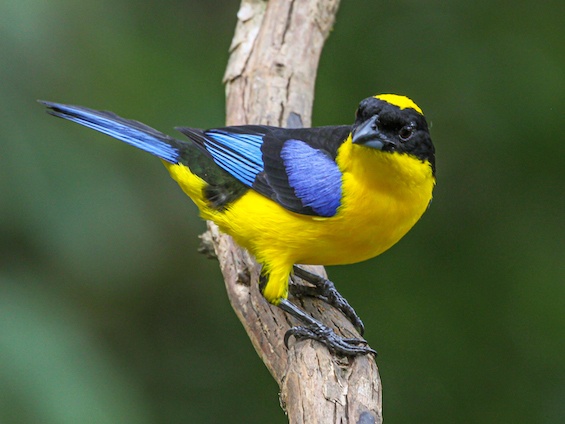Tour Features
Landlocked Bolivia is a biological paradise nestled in the heart of southern South America. Surrounded by Argentina, Chile, Peru, Brazil and Paraguay, Bolivia’s rich and diverse territory is clearly split into a wet eastern slope -where the Bolivian lowlands form part of the Amazon Basin- and a dry western slope, dominated by the mighty Andes. Bolivia’s tropical lowlands occupy roughly 70% of the country’s land mass. Cacti species are not as diverse here as they are in western Bolivia given the type of habitat, but the area is incredibly rich in other wildlife.
It is on the Andean foothills -where the habitat turns into dry forests surrounded by impressive cliffs- that Bolivian cacti species start showing in good numbers and with great diversity. The habitat continues to be a forest -rather dense in some areas- all the way to Cochabamba, where scenery becomes really spectacular, with the forest merging into fertile basins with long ribbons of cultivated crops.
Continuing northwards from Santa Cruz, we will finally reach the “Altiplano”at around 3,650 meters (12,000 feet). It is here that we will be rewarded with the most spectacular vistas of the Andes, as we will visit the famous Lake Titicaca. Cacti species in this area are incredible, and examples of Neowerdermannia, Corryocactus, Sulcorebutia and Orecereus will be among the numerous species that we will see here. From the heights of La Paz, we will loop southwards, to spend the last few days of our journey visiting the three south westernmost departments of Bolivia: Oruro, Potosí and Tarija, where we expect to find a diversity of Lobivia, Rebutia, Sulcorebutia and other wonderful examples of Andean cacti.
Our Bolivian cacti expedition starts in the lowlands of Santa Cruz, and over the next 14 days we slowly climb up to the high Andes, reaching roughly the 4,500 meters (15,000 feet). We aim to run this tour during the peak of cacti blooming season, making sure to spend enough time in the field to enjoy watching as many cacti as possible, but also to discover Bolivia’s unique flora and fauna. We will make frequent stops to take pictures of the breathtaking landscapes and for watching birds, mammals and places.
Tour Highlights
Around 110 species of Bolivian cacti. Lake Titicaca. The Bolivian High Andes. An incredible wildlife diversity. Unique photo opportunities for fauna, flora and landscapes.
INFORMATION
Tour Interest:
Tour Type:
Tour Dates:
Tour Duration:
Starts/Ends:
Best time to go:
Prices:
What’s Included?
What’s Not Included?
Itinerary ( 14 days )
Day
1
Arrival
Morning meeting with your Trogon Tours’ guide at your selected hotel in Santa Cruz de la Sierra. Departure to Tambo via Comarapa. O/N Tambo.
Day
2
Tambo to Aiquile
Tambo to Aiquile via Torrecillas and Totoras. O/N Aiquile.
Day
3
Aiquile to Cochabamba
Aiquile to Cochabamba via Arani. O/N Cochabamba.
Day
4
Angostura & La Villa
Full day exploring Angostura and La Villa. O/N Cochabamba.
Day
5
Cochabamba to La Paz.
Cochabamba to La Paz via Calamarca. O/N La Paz.
Day
6
Lake Titicaca.
Full day exploring Lake Titicaca and surroundings. O/N La Paz.
Day
7
La Paz to Oruro.
La Paz to Oruro via Palca. O/N Oruro.
Day
8
Oruro to Potosí.
Oruro to Potosí. O/N Potosí.
Day
9
Sucre & Ravelo.
Full day exploring Sucre and Ravelo. O/N Potosí.
Day
10
Potosí & Millares.
Full day exploring the surroundings of Potosí and Millares. O/N Potosí..
Day
11
Potosí to Tarija.
Potosí to Tarija via Cuchu Ingenio and Cienaguillas. O/N Tarija.
Day
12
Tarija.
Full day exploring Tarija, Juanacas and Leon Cancha. O/N Tarija.
Day
13
Uriondo.
Full day exploring Uriondo, Padcaya and Rubi Cancha. O/N Tarija.
Day
14
Tour conclusion.
Transfer to Tarija airport. Tour conclusion.




